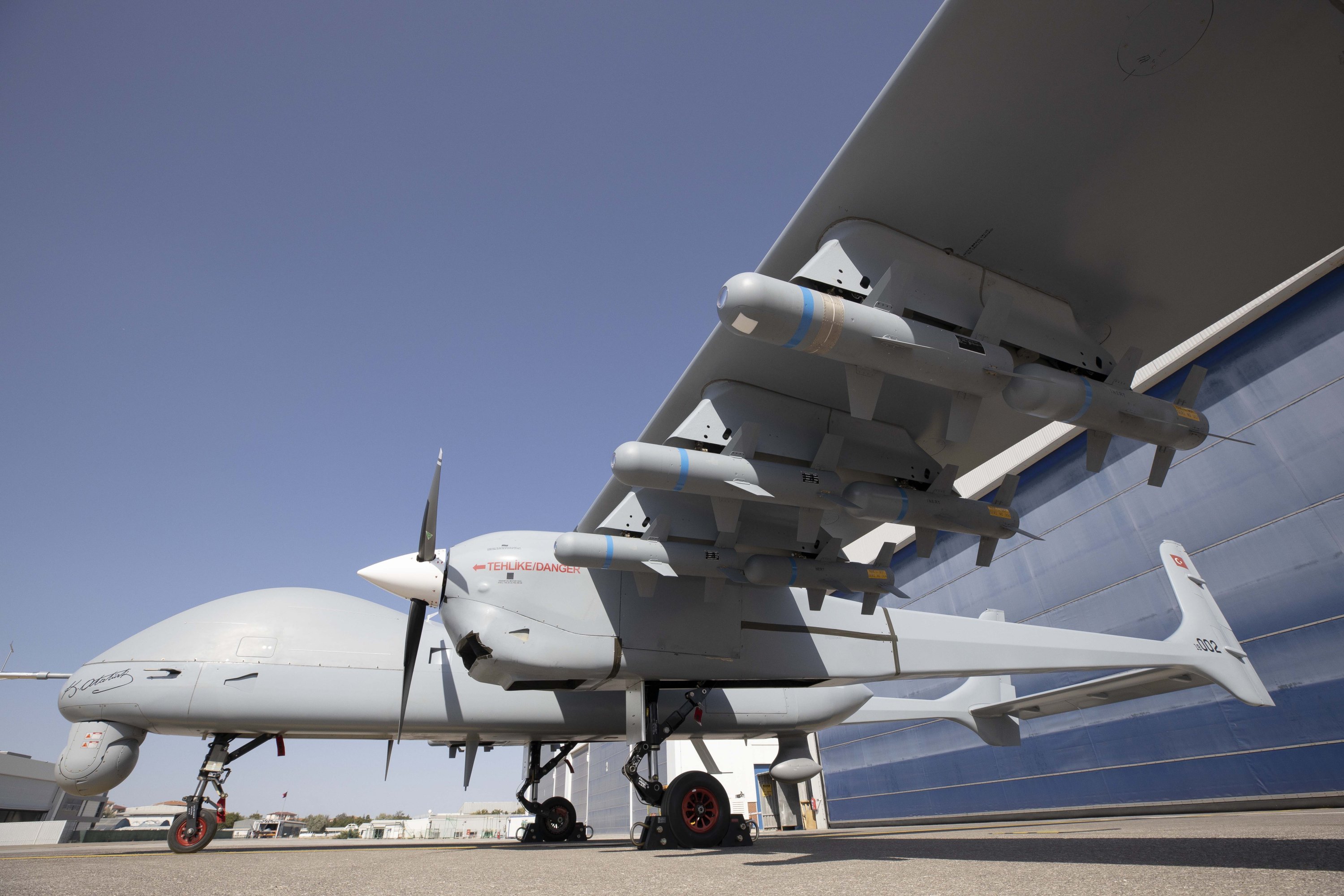PaklovesTurkiye
SENIOR MEMBER

- Joined
- Dec 1, 2015
- Messages
- 7,447
- Reaction score
- 10
- Country
- Location
The JF-17 project provided an opportunity to develop some of the parts in-house and was a good learning experience on the whole. The fundamental objective was to create a jet fighter that was better than F-7PG and replace it and other older jets. This purpose is served.
Now WE are trying to put too much in JF-17 and expect it to challenge the likes of Rafale F3R and other big jets. This is not going to work. F-16s made it possible for PAF to defeat IAF in Operation Swift Retort.
There is no need to phase out JF-17 but a light-weight airframe has its limitations. If WE try to install new items in JF-17, these additions will stress JF-17 airframe. There are reports of cracks in JF-17 airframe, these might be fixed but the problem exists.
Medium-weight class is the way to go. PAF should shift its focus to Medium-weight class projects. Lessons learned from JF-17 can be put to use in these projects and probably do a better job.
@MastanKhan Any opinion on this comment?







